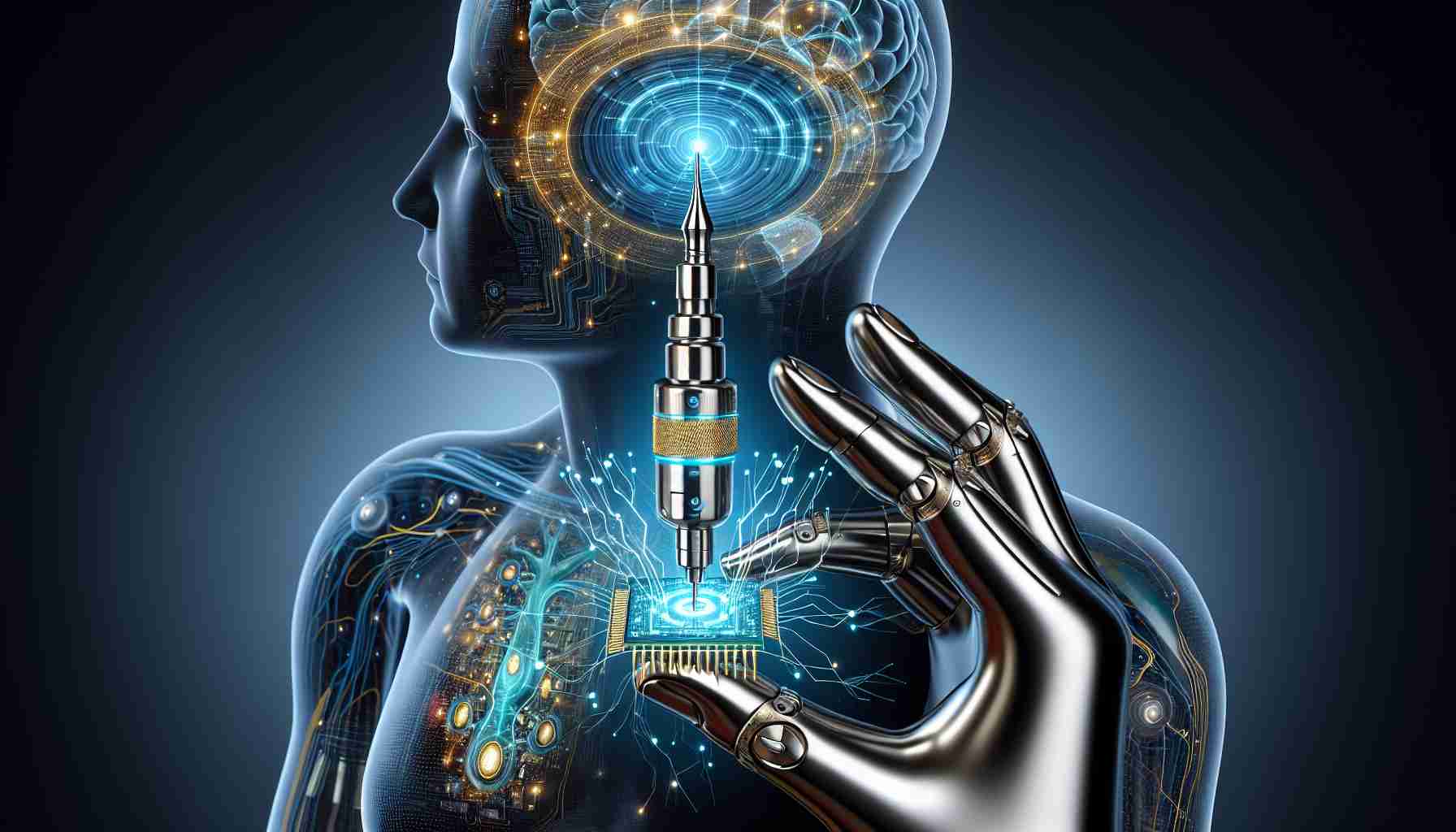In 1999, I defined regenerative medicine as a collection of interventions that restore normal function to damaged tissues and organs resulting from disease, injury, or aging. This includes a full spectrum of chemical, genetic, and protein-based drugs, cell-based therapies, and biomechanical interventions that achieve this goal.
A new implant powered by ultrasound, rather than batteries, could revolutionize our approach to bioelectronics. In the journal Advanced Materials, Dr. Young-Jun Kim and his colleagues from Sungkyunkwan University in Korea describe their approach to implantable bioelectronics that is semi-permanent, energy-efficient, and compact – a difficult-to-achieve triangle, despite today’s technology.
The two most common questions about bioelectronic devices are “how is it powered?” and “is it user-friendly?”
In most bioelectronics, batteries are a typical power source, which requires the user to carry a bag or pouch attached to the system – increasing the overall weight of the system and user fatigue.
Most of these devices are intended for daily use, and many are semi-permanently implanted, meaning they cannot be completely removed without medical assistance. Depending on the intended application of the bioelectronic device, it can be small or much larger. They must be both comfortable and functional.
In the case of implants, the device is often connected to a battery attached somewhere on the chest. Although non-invasive, this can become cumbersome after months or years of use.
Kim and his colleagues employed a different method of battery-powered design, opting instead for ultrasound technology. We typically think of ultrasound as imaging technology, often used in pregnant women or people with internal injuries. However, Kim and his colleagues use ultrasound in a different way: they transmit low-current electrical energy.
The transfer of electrons from one material to another when two materials have different polarizations is called triboelectricity. The ultrasound probe has a negative charge, and the implant has a positive charge. When the ultrasound probe approaches, wireless energy transfer occurs.
The implanted device Kim and his colleagues call triboelectric nanogenerators, which directly stimulate nerves using low-current electrical energy. Instead of drawing power from a battery pack, the enclosed ultrasound unit delivers low-current power through the transcutaneous part of the implant.
This type of system is often used in organ therapy, stimulating a failing organ to improve its function. For example, Kim and his colleagues implanted the triboelectric system into a live rat model with an overactive bladder to test their device.
They observed that compared to an inactive control implant of similar size and location, the device reduced the frequency of urination and improved bladder capacity, without negatively impacting healthy bladder function.
Although this system has not yet been applied in humans, such studies are essential as this technology develops.
There are several significant advantages of ultrasound compared to batteries. Ultrasound can penetrate through materials such as metals, reducing the size of the device and discomfort for patients. Furthermore, reducing the need for batteries leads to more energy-efficient and environmentally friendly devices. Finally, the low electrical current of ultrasound is much less harmful to the body and nerves than higher current systems used in other designs.
However, what I find even more fascinating is the concept of triboelectric power transmission itself. In most ergonomic bioelectronic designs, power supply is a limitation. Thanks to triboelectricity, the need for battery-based designs has disappeared.
The drawback is the requirement to use an ultrasound probe each time to activate the implant. This limits the current application of this system in everyday situations. However, as portable ultrasound devices advance, they may also expand the range of applications for triboelectric-based designs. The idea and the design, however, are remarkable.
I would not be surprised if similar technology is applied more widely in regenerative medicine in the coming months and years, such as in prosthetics, insulin delivery, physical rehabilitation, etc. I eagerly await such progress.
To read more from this series, visit www.williamhaseltine.com.
Frequently Asked Questions
The source of the article is from the blog elperiodicodearanjuez.es
